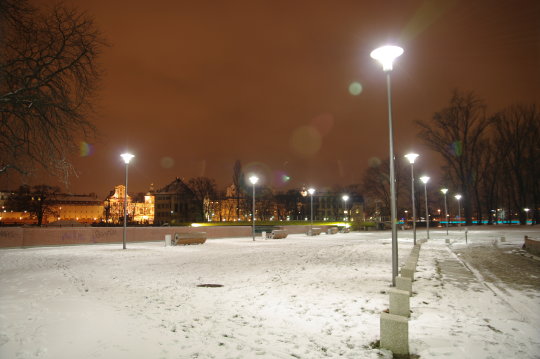UV filters test - supplement
3. Cokin UV P231
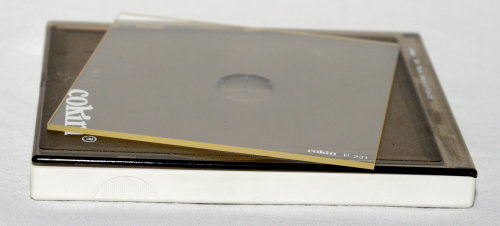 |
||
 |
||
In the era of digital cameras the UV filters are often bought just to protect the front element of an often very expensive lens. When it comes to its hardness, the Cokin P system UV filter is made of a material similar to acrylic glass - we can hardly speak of a real protection here, especially that it is kept in place by plastic clamps. It should be expected it would at least perform its basic function well, blocking the ultraviolet radiation. The test will answer whether it is really the case.
Test result
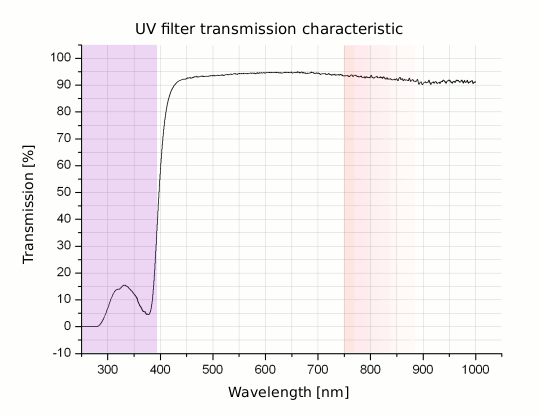
- - - - - - - - - - - - - - - - - - - - - - - - - - - - - - - - - - - - - - - - - - - - - - - -
Mean transmission of ultraviolet light 4.01% - Score: 7/10
Mean transmission of visible spectrum light 91.6% - Score: 2/10 Score:
|
|
||
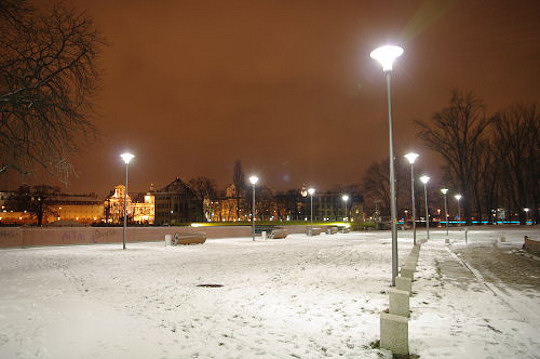
With filter
Corner - Score: 2/5
Frame centre - Score: 1/5 Frame edge - Score: 2/5 Score:
|
|
||
 Edge darkening 1.3% Score: |
|
||
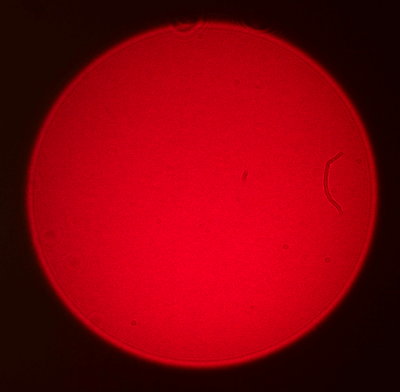
Without reservations
Score:
|
|
||
|
|||
Summary:
The filter score is 23/45 (51.1%).Taking into account the previous ranking and omitting the homogeneity score, which wasn’t tested before, the Cokin UV P231 would be 14th overall, right behind the Marumi 72 mm UV.
The UV absorption edge interferes a bit with the visible part of the spectrum. Near 300-350 mm you can observe a partial UV transmission. The filter has a flat transmission characteristic, it’s a pity it is not on a higher level. As you can see on the photo, the filter is slightly yellowish and this colour is responsible for absorbing the radiation from 400 nm downwards. In the pictures you can also notice significant flares. If you looked at the previous UV filters test, the Cokin UV P231 would take 4th place from the end due to the loss of points for transmission and flares. You can hardly call it a revelation.
The filter was lent courtesy of Antymex company.




